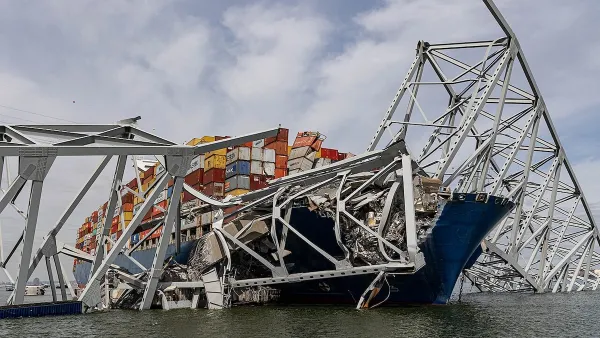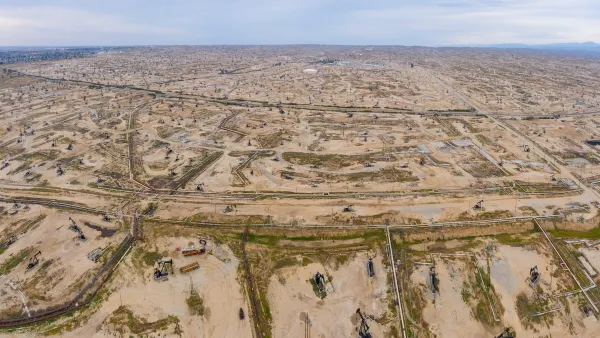An article posted last week by the Guardian and highlighted yesterday by Treehugger.com cites recent studies as well as data from maritime industry sources that the combination of quantity and quality of low-grade bunker fuel used in the massive engines of freight vessels may result in more emissions than all the cars in the world! I don’t mean to wax sensationalist here, this is what is stated in the article. If the truth is anywhere near the statement, then the idea of
An article posted last week by the Guardian and highlighted yesterday by Treehugger.com cites recent studies as well as data from maritime industry sources that the combination of quantity and quality of low-grade bunker fuel used in the massive engines of freight vessels may result in more emissions than all the cars in the world! I don't mean to wax sensationalist here, this is what is stated in the article. If the truth is anywhere near the statement, then the idea of hybrid-electric propulsion is more relevant to the design of freight and passenger ships than any personal automobile.
I admit that my daydreaming of sailboats using a mix of electric motors and a compact, efficient generator is a much more alluring topic for someone who loves to be on the water, but the emissions reporting above immediately shifted my focus to a more practical use for the technology. Hybrid-electric propulsion for ships is logical because it allows for significantly more efficient fuel burn since engines are set to optimum rpm and are decoupled from props. This also has an excellent side-effect of better prop control with electric motors whereas diesel engines, by design, have a minimum rpm (when engaged) that must be supplemented with thrusters. Captains love to minimize the number of moving parts that can fail in a ship, and Hybrid-electric systems have the potential to do so. Paired with a large battery array, such systems could potentially be charged with cleaner energy while in port to avoid the use of any fuel while within coastal waters, supporting impending laws such as the new low emissions shipping zone buffer announced recently by the USEPA.
Expanding further into the future, the idea of a return to sailing ships, or ships carried by trade winds using enormous kites, would further reduce or eliminate the need for fuel consumption at sea. Generating enough electricity from on-board solar panels or windmills is still technologically prohibitive for most ships, but there is still room for supplementing demand. And anyone with a course in logistics under his belt knows that once a shipping cycle is developed for a particular product, shipping time is not nearly as important as shipping frequency, particularly for just-in-time systems. There is a huge spectrum of solutions between bunker fuel and zero-emissions shipping. With every major economic interest involved and the lifeblood of globalization at the heart of the debate, finding an acceptable footing from which to begin the slow climb towards an emissions free shipping industry can be tricky. As we progress through the first step (acknowledging we have a problem), I hope the conversation turns to Hybrid-electric rather than other much less progressive options.

Analysis: Cybertruck Fatality Rate Far Exceeds That of Ford Pinto
The Tesla Cybertruck was recalled seven times last year.

National Parks Layoffs Will Cause Communities to Lose Billions
Thousands of essential park workers were laid off this week, just before the busy spring break season.

Retro-silient?: America’s First “Eco-burb,” The Woodlands Turns 50
A master-planned community north of Houston offers lessons on green infrastructure and resilient design, but falls short of its founder’s lofty affordability and walkability goals.

Test News Post 1
This is a summary

Analysis: Cybertruck Fatality Rate Far Exceeds That of Ford Pinto
The Tesla Cybertruck was recalled seven times last year.

Test News Headline 46
Test for the image on the front page.
Urban Design for Planners 1: Software Tools
This six-course series explores essential urban design concepts using open source software and equips planners with the tools they need to participate fully in the urban design process.
Planning for Universal Design
Learn the tools for implementing Universal Design in planning regulations.
EMC Planning Group, Inc.
Planetizen
Planetizen
Mpact (formerly Rail~Volution)
Great Falls Development Authority, Inc.
HUDs Office of Policy Development and Research
NYU Wagner Graduate School of Public Service




























